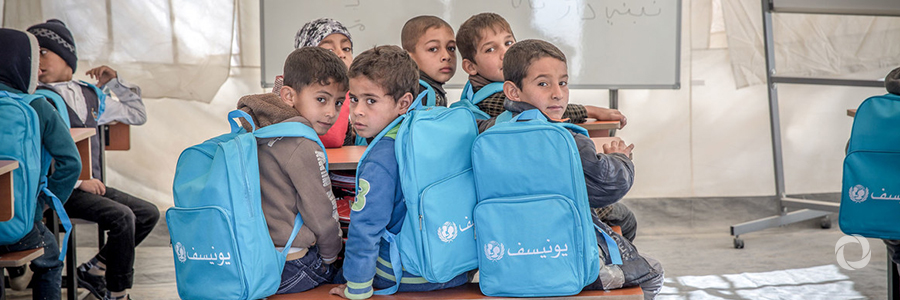Conflict and inequality remain the defining features of children being raised in Iraq today, according to the first comprehensive survey conducted by the United Nations Children’s Fund (UNICEF) in seven years.
“The data is the clearest indication yet that the most vulnerable children in Iraq are the ones that are most likely to fall behind,” Peter Hawkins, UNICEF Representative in Iraq said.
Most poor children are not receiving any form of Government assistance, and even as the fighting has subsided, 80 per cent of all children experience violence – either at home or in school.
While 92 percent of children are enrolled in primary school, just over half of those from poorer backgrounds complete their education. The gap widens in upper secondary school, where less than a quarter of poor children graduate, compared to three-quarters of children from wealthier backgrounds.
Children’s education needs in Iraq are vast.
Half of the country’s public schools need to be rehabilitated, while one-in-three juggle multiple shifts, squeezing children’s learning time.
The five governorates with the lowest school enrollment and attendance rates are concentrated in the country’s poorest southern governorates and the two that have borne the brunt of the last few years’ violence, Anbar and Ninawa.
Regular school attendance regularly is essential for the more than one million children who require psychosocial support to cope with the invisible wounds of war.
To maintain Iraq’s recent gains and protect all children, UNICEF called on the Iraq Government to invest in services that benefit children affected by conflict and poverty and to work towards putting an end to all forms of violence against children.
“Children are the future of this country, and a growing gap between the haves and the have-nots sows discord and is detrimental for children and for Iraq,” said the UNICEF Representative.
Original source: UN News
Published on 19 November 2018

